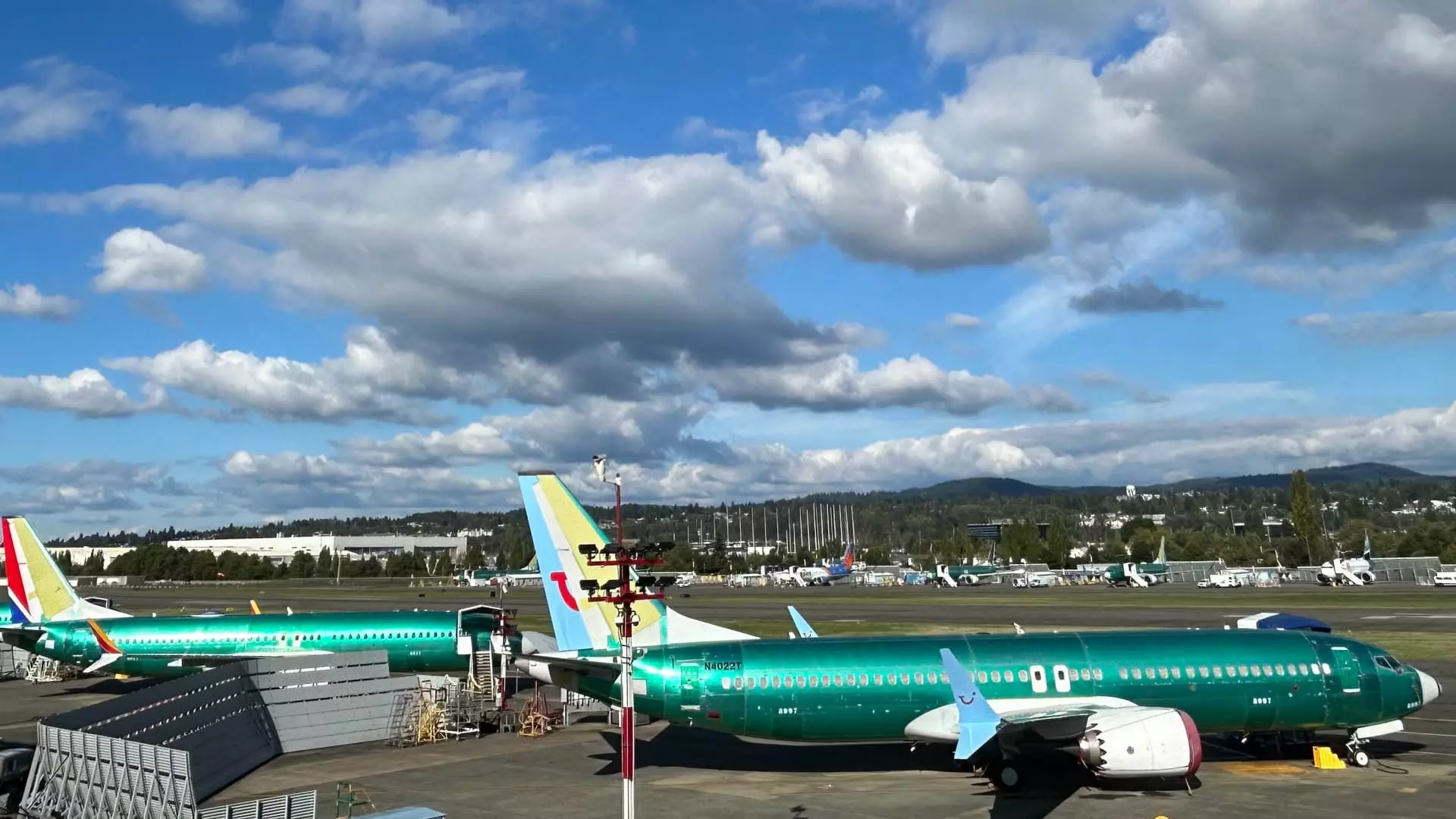The evolution of aerospace manufacturing comes with its own set of challenges, especially when it involves high-profile contracts like Air Force One. Recently, President Donald Trump has voiced his frustrations regarding the delayed delivery of the new 747 aircraft meant to serve as the next Air Force One. The timeline for these jets, under a contract worth nearly $4 billion that Trump negotiated, has stretched years longer than initially expected, highlighting critical issues related to cost overruns and project management within Boeing.
The delays in the delivery of these aircraft are not merely administrative hiccups; they stem from a complex amalgamation of technical difficulties and logistical mismanagement. Currently, cost overruns have surpassed $2 billion, underscoring the financial strain that such delays impose on both the manufacturer and the government. These setbacks have not only frustrated the Trump administration but have also drawn attention to the undercurrents of inefficiency that can pervade large-scale procurement programs.
As President Trump considers other options, including potentially purchasing a different aircraft, the stakes become more pronounced. The implications extend beyond merely acquiring functional planes; they reflect on national security, integrity in governmental acquisitions, and public trust in services provided to the leader of the free world.
The involvement of prominent figures like Elon Musk adds another layer to this narrative. As Trump’s advisor, Musk’s engagement with Boeing aims to accelerate the delivery process by enhancing communication around technical requirements and minimizing unnecessary hurdles. Kelly Ortberg, Boeing’s CEO, has endorsed Musk’s involvement, describing him as an essential player capable of cutting through bureaucratic red tape.
This partnership between Musk and Boeing could highlight a new approach to management within the aerospace sector, wherein collaboration and agility may replace traditional rigidities. However, whether this alliance can indeed salvage the Air Force One project before Trump’s current term concludes remains to be seen.
Boeing’s experience with the Air Force One contract is not an isolated incident; it reflects a broader trend in aviation where airlines are grappling with lengthy delays and unreliable delivery schedules. As the global travel industry rebounds post-pandemic, airlines expected timely shipments to meet soaring demand. Yet many, including major carriers like United Airlines and Southwest Airlines, have expressed mixed sentiments regarding Boeing’s manufacturing resilience during this recovery phase.
There are, however, emerging signs of optimism. United Airlines and Southwest Airlines have noted improvements in Boeing’s operational performance under Ortberg, which suggests a shift in the company’s trajectory. Executives now express greater confidence in the punctual delivery of aircraft, particularly the 737 Max planes, which remain critical to Boeing’s financial recovery strategies.
The challenges faced by Boeing may serve as a cautionary tale for other manufacturers within the industry, emphasizing the need for transparency, effective supply chain management, and adaptability in the face of unforeseen challenges. Ortberg’s assertion that Boeing does not foresee supply chain constraints affecting their ability to ramp up production is a hopeful sign in this regard.
Ultimately, the saga surrounding Air Force One serves as a microcosm of the larger dynamics within Boeing and the aerospace industry at large. It raises pertinent questions about project execution, accountability, and the ability of corporations to innovate under pressure.
As Trump navigates the uncertainties of potential alternatives and timelines, and as passengers around the globe anticipate the full return of air travel, the lessons from this episode will likely resonate throughout Boeing’s organizational structure and beyond. For stakeholders, it’s not just about the delivery of aircraft but about reestablishing trust and confidence in an industry at the heart of national and global connectivity. The question remains: can Boeing, under its current leadership, balance the demands of rapid delivery with the complexity of modern aviation technology? Only time will tell.

